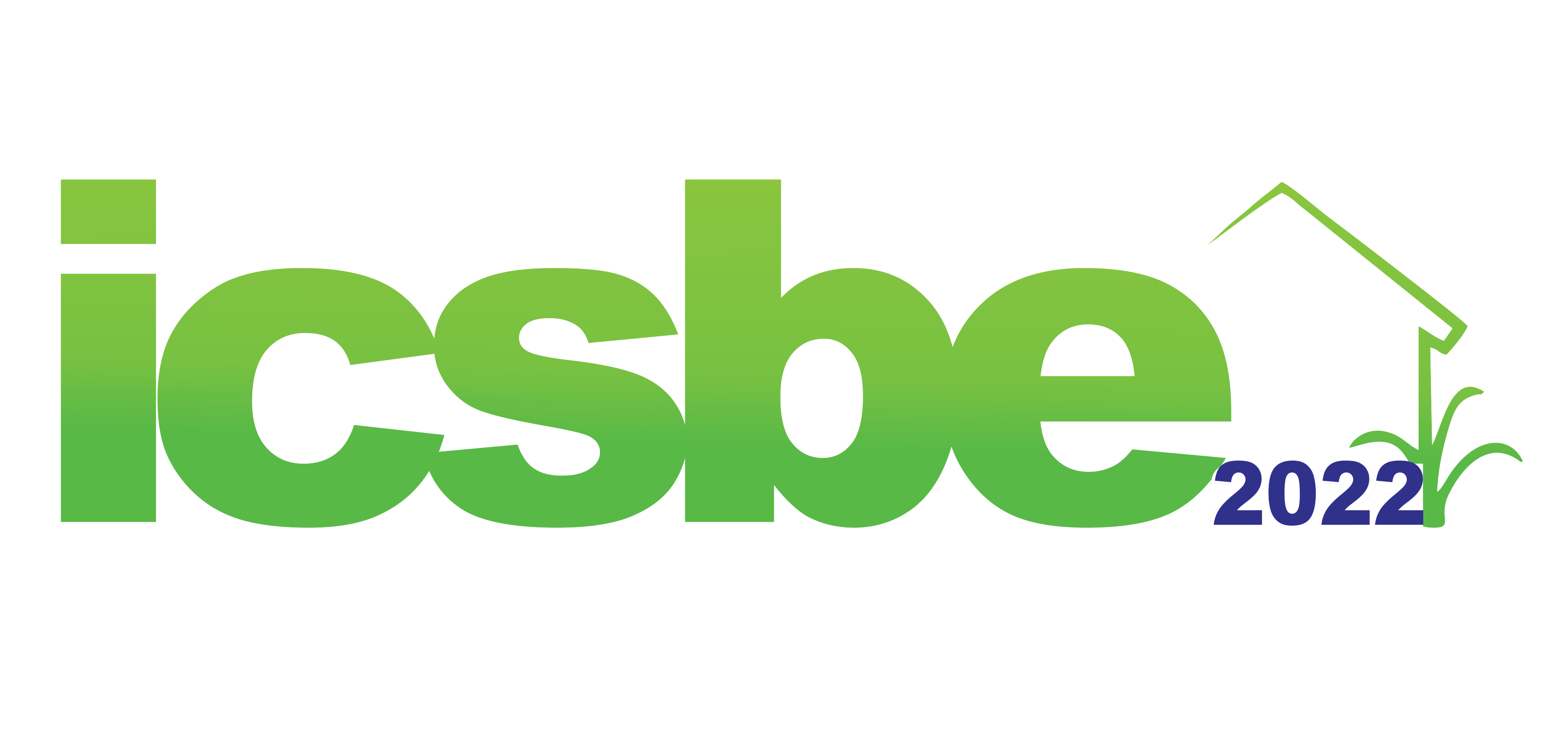WATER INFRASTRUCTURE IN ANCIENT CITY OF TROWULAN MAJAPAHIT. A LESSON FROM THE PAST FOR PLANNING A NEW CAPITAL CITY OF INDONESIA.
A Nurmiyanto[1]*, E Siswoyo1, and L Hakim1
1Department of Environmental Engineering, Faculty of Civil Engineering and Planning, Universitas Islam Indonesia, Kaliurang Street Km 14, 55584, Yogyakarta, Indonesia
[1]*Corresponding author: [email protected]
DOI: https://doi.org/10.20885/icsbe.vol4.art49
ABSTRACT
Indonesia plans to move its capital city from Jakarta on the island of Java to a jungle city on the island of Borneo called Nusantara. However, a large sceptical arose when planning a smart and sustainable city from scratch. This paper examines in a broad manner of water infrastructure situation during the ancient period of Indonesia, Majapahit period from the historical literature. The present paper aims to show the water management and sanitation practices from Trowulan peoples which have survived and managed their civilization in harmony with nature over a century. The results suggest that water infrastructure in Trowulan city not only used for agricultural purposes (irrigation) but also used for environmental protection such as drainage and flood control. We believe by reconsidering the historical approaches to water management of Trowulan people and applying modern technologies to improve its functionality is expected to give a solution to current water-related environmental problems in Nusantara the new capital city of Modern Indonesia.
Keywords: water infrastructure, majapahit, capital city
REFERENCES
Drakeley S. 2005. The History of Indonesia. Westport, United States: Greenwood Press
Muljana, Slamet, Menuju Puncak Kemegahan: Sejarah Kerajaan Majapahit, PT LkiS Pelangi Aksara, Yogyakarta 2005. (Towards the Peak of Grandeur: History of the Majapahit Kingdom- A Book)
Gomperts, A., A. Haag, and P. Carey. 2010. Rediscovering the Capital of Majapahit, SPAFA Journal, 20(02), 12-13
Miksic, J. N, and E. Soekanto, eds 1995, The Legacy of Majapahit. Singapore: National Heritage Board.
Miksic, J. N. 1999, Water, Urbanization, and Disease in Ancient Indonesia. Archeological Papers of the American Anthropological Association, 9: 167-184.
Winarto Y. H.R. Santosa, and S.N. Ekasiwi. 2015. The Climate Conscious Concept of Majapahit Settlement in Trowulon, East Java. Procedia – Social and Behavioural Sciences. 179, 318 – 329.
Gomperts. A, A. Haag, D. Umbaran, H. Subekti. 2018. New light on the archaeology of the Majapahit court capital. The Newsletter 79 Spring 2018, International Institute for Asian Studies. Available on internet https://iias.asia/sites/default/files/IIAS_NL79_0809.pdf
World Bank and Australia Aid. 2013. East Asia Pacific Region Urban Sanitation Review- Indonesia Country Study. Available on internet http://www.worldbank.org/content/dam/Worldbank/document/EAP/Indonesia/indonesia_sanitation_report.pdf
Hu, Y., Liu, X., Bai, J., Shih, K., Zeng, E.Y., Cheng, H., 2013. Assessing heavy metal pollution in the surface soils of a region that had undergone three decades of intense industrialization and urbanization. Environ. Sci. Pollut. Res. Int. 20(9), 6150–6159.
Colven, E. (2020). Subterranean infrastructures in a sinking city: the politics of visibility in Jakarta. Critical Asian Studies, 52(3), 311-331.
Takagi, H., Esteban, M., Mikami, T., & Fujii, D. (2016). Projection of coastal floods in 2050 Jakarta. Urban Climate, 17, 135-145.
Miksic, J.N. 2012. ‘Life among the ruins- Habitation sites of Trowulan’ in Haendel, A (eds). Old myths and new approaches : interpreting ancient religious sites in Southeast Asia. Clayton, Vic. : Monash University Pub.
Gomperts A, Arnoud H, Djoko U, Hari S (2019, May 22). New light on the archaeology of the Majapahit court capital, IIAS https://www.iias.asia/sites/iias/files/nwl_article/2019-05/IIAS_NL79_0809.pdf
Wibisono, N. H. 2015. Ceramics Along the Spice Trade Route in the Indonesian Archipelago in the 16th – 19th Century. Forum Arkeologi, 26(1),29–37.
Brown C. 2004. A Short History of Indonesia. Crows Nest, New South Wales: Allen & Unwin.
Bartstra, G. J. 1982. Homo Erectus Erectus: The Search for His Artifacts. Current Anthropology, 23(3), 318–320.
Huffmann F. 2001. Geologic context and age of the Perning/Mojokerto Homo erectus, East Java. Journal of Human Evolution, 40, 353–362
Flecker, M. 2001. A ninth-century AD Arab or Indian shipwreck in Indonesia: First evidence for direct trade with China. World Archaeology, 32(3), 335–354.
Sulistiyono, S. T., & Rochwulaningsih, Y. 2013. Contest for hegemony: The dynamics of inland and maritime cultures relations in the history of Java island, Indonesia. Journal of Marine and Island Cultures, 2(2), 115–127.
Teeuw, A., & Wolters, O. W. 1972. The Fall of Srivijaya in Malay History. The Journal of Asian Studies, 32(1), 206
Murwanto, H., Gunnell, Y., Suharsono, S., Sutikno, S., & Lavigne, F. 2004. Borobudur monument (Java, Indonesia) stood by a natural lake: chronostratigraphic evidence and historical implications. The Holocene, 14(3), 459–463.
Choo Ming D. 2018. The Reworking of Indian Epics in the Hands of Javanese and Malay Authors. In: Saran S. (eds) Cultural and Civilisational Links between India and Southeast Asia. Palgrave Macmillan, Singapore
Geoff Wade and Li Tana (eds.). 2012. Anthony Reid and the Study of the Southeast Asian Past, Institute of Southeast Asian Studies, Singapore.
Evers, H.-D. 2016. Nusantara: History of a Concept. Journal of the Malaysian Branch of the Royal Asiatic Society, 89(1), 3–14.
Hasjmy,A. Sejarah Masuk dan Berkembangnya Islam di Indonesia, Bandung : Al Maarif.
Ueda, K., Wibisono, S. C., Harkantiningsih, N., & Lim, C. S. 2016. Paths to power in the early stage of colonialism: An archaeological study of the sultanate of Banten, Java, Indonesia, the seventeenth to early nineteenth century. Asian Perspectives, 55(1), 89-119.
Kersten, C. 2017. A History of Islam in Indonesia: Unity in Diversity. 1st ed. Edinburgh: Edinburgh University Press.
KOMPAS, “Trowulan, Kebesaran Majapahit yang Tersisa” KOMPAS 17 January 2009 Accessed 20 May 2019″, https://sains.kompas.com/read/2009/01/17/01492534/trowulan.kebesaran.majapahit.yang.tersisa?page=all
Liu, H., Jia, Y., & Niu, C. (2017). “Sponge city” concept helps solve China’s urban water problems. Environmental Earth Sciences, 76(14), 1-5.





Leave a Reply
Want to join the discussion?Feel free to contribute!